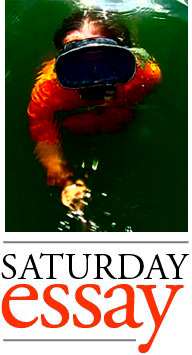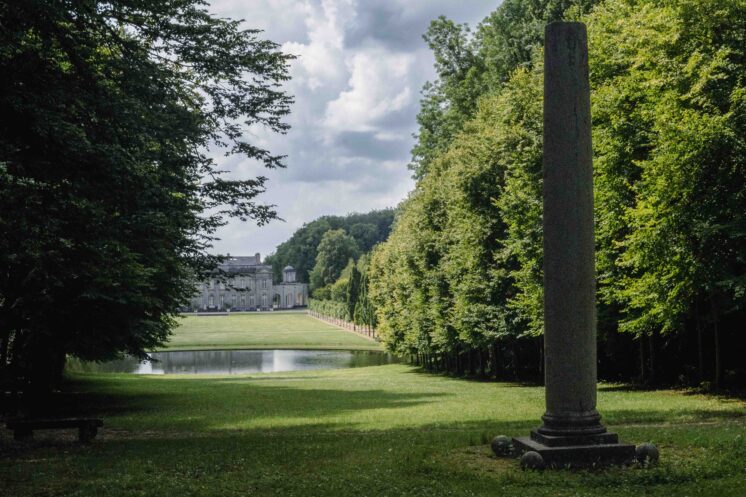PDD Geoguessr #30: Minnesota and the Presidential Election

Minnesota 2024 presidential election results by county.
Minnesota’s electoral college votes have gone to the Democrats since 1976, longer than any other state. But unlike Washington D.C., which went 90% for Harris and has given its three electoral votes to the Democrats since 1964 (but is not a state), Minnesota’s politics are a bit more complicated. In its most simplistic form, the strongly left-leaning Twin Cities metro area counters the right-leaning Greater Minnesota population, with a few urban areas creating pockets of blue. But that’s the simplistic version. This post looks at the Minnesota results at the precinct level and includes three Greater Minnesota Geoguessr challenges. One visiting the precincts where Trump had the highest margins of victory, another for the precincts that went most strongly to Harris, and a third for precincts split right down the middle.






















